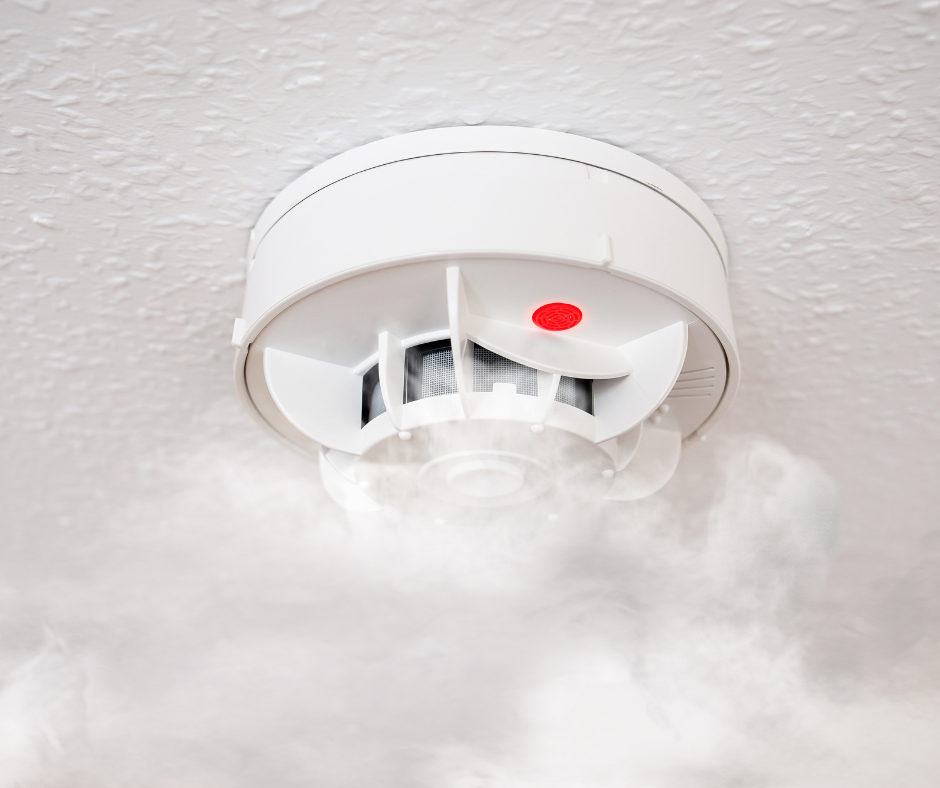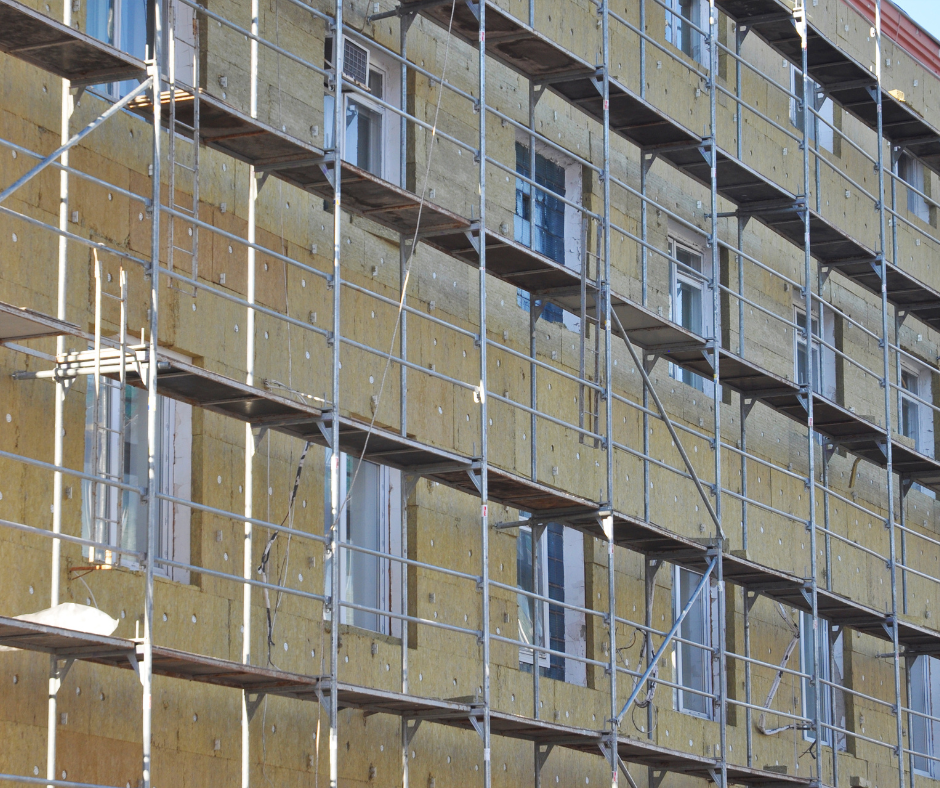Guidance on the Smoke and Carbon Monoxide Alarm (Amendment) Regulations 2022
Landlords of privately rented and registered social housing properties in England, are now required to abide by the new changes to the regulations regarding smoke and carbon monoxide alarms.
From 1 October 2022, all private landlords must now comply with the Smoke and Carbon Monoxide Alarm (Amendment) Regulations 2022 which, replaces the previous regulation.
Key difference between 2015 Smoke and Carbon Monoxide Regulation and 2022 amendments
On the 1st of October 2015 new regulation came into effect that required landlords in England to:
- ensure smoke alarms were installed in all rental residential properties
- ensure carbon monoxide alarms are fitted in every room with a solid fuel heating appliance. This includes any open fireplace that is in operation
The Smoke and Carbon Monoxide Alarm (Amendment) Regulations 2022 now replaces The Smoke and Carbon Monoxide Alarm (England) Regulations 2015, with noticeable changes and updates.
Landlords are now required to:
- ensure each storey of a house, used as a living accommodation, is fitted with a smoke alarm
- Ensure that any room fitted with a fuel burning appliance must also contain a carbon monoxide alarm, excluding gas cookers.
- Ensure mezzanines are treated as a storey and fitted with a smoke alarm.
- Ensure that they repair and replace both smoke and carbon monoxide alarms if notified as faulty
These fire safety and building safety changes do not include a transition period, so landlords must act and complete any required changes before 1 October 2022, to avoid non-compliance and fines of up to £5,000 per breach.
Battery operated alarms vs mains wired
The new regulation amendment does not define whether the installed smoke and carbon monoxide alarms should be mains or battery powered. Landlords should select alarms that are most suited to the location where they will be installed.
Smoke alarms should meet British Standard (BS) 5839-6 requirements, while carbon monoxide alarms should meet BS 50291 requirements.
Landlord’s and tenant’s responsibilities
The testing of smoke, heat, and carbon monoxide alarms should be simple, and tenants should be responsible for performing the testing themselves. Tenants should be given guidance from landlords on how to test alarms, including how frequently testing should be done. Where possible manufacturer instruction booklets should be left at the property.
The cost of repairing or replacing broken or faulty alarms is the responsibility of the landlord. However, landlords should remind tenants to replace alarm batteries whenever they can. But tenants should let landlord know if you are unable to change the batteries in the smoke or CO alarms.
Can Heat Alarms be installed instead of Smoke Alarms?
Heat alarms cannot be installed as substitute to a smoke alarm but can supplement an existing installation. Eg in a single storey flat a heat alarm can be installed in a kitchen where there is smoke and fumes that can set off a smoke alarm but an additional smoke alarm should be installed in a central location within the flat.
Where should smoke alarms be located within a property?
Although the regulations do not outline specific locations, it is best practice to install smoke alarms in a central location of each floor to maximise coverage. Also whilst the regulations only stipulate a single smoke alarm per storey, a common sense approach should be applied to the size and layout of the property. Eg. When looking at a large city centre apartment located on the 4th floor, a single smoke alarm may not provide adequate protection. If the smoke alarm is located in a central corridor to the front of the property near a single exit door and the bedrooms are located at the back with no additional fire exist, in the event of a fire starting whilst the occupants are sleeping may block exist routes by the time the alarm is sounded. It is also good practice to interlink smoke and heat alarms with smoke alarms located in communal areas. These have traditionally been wired to interlink but can now be done wirelessly and avoiding the need to rewire the circuit.
Where should carbon monoxide alarms need to be fitted?
The regulations do not include any specifics on the positioning of CO alarms. However, it is recommended that a CO alarm be fitted in every room that is utilised as living space and has a fixed fuel burning appliance. This regulation excludes gas cookers.
It is recommended installing carbon monoxide alarms at head height, either on a wall or shelf, and around one or two metres away from a possible source of carbon monoxide. When installing the alarms, you should at all times adhere to the instructions provided by the different manufacturers.



